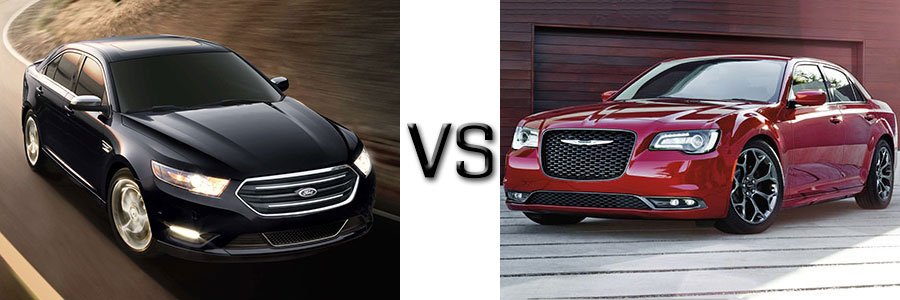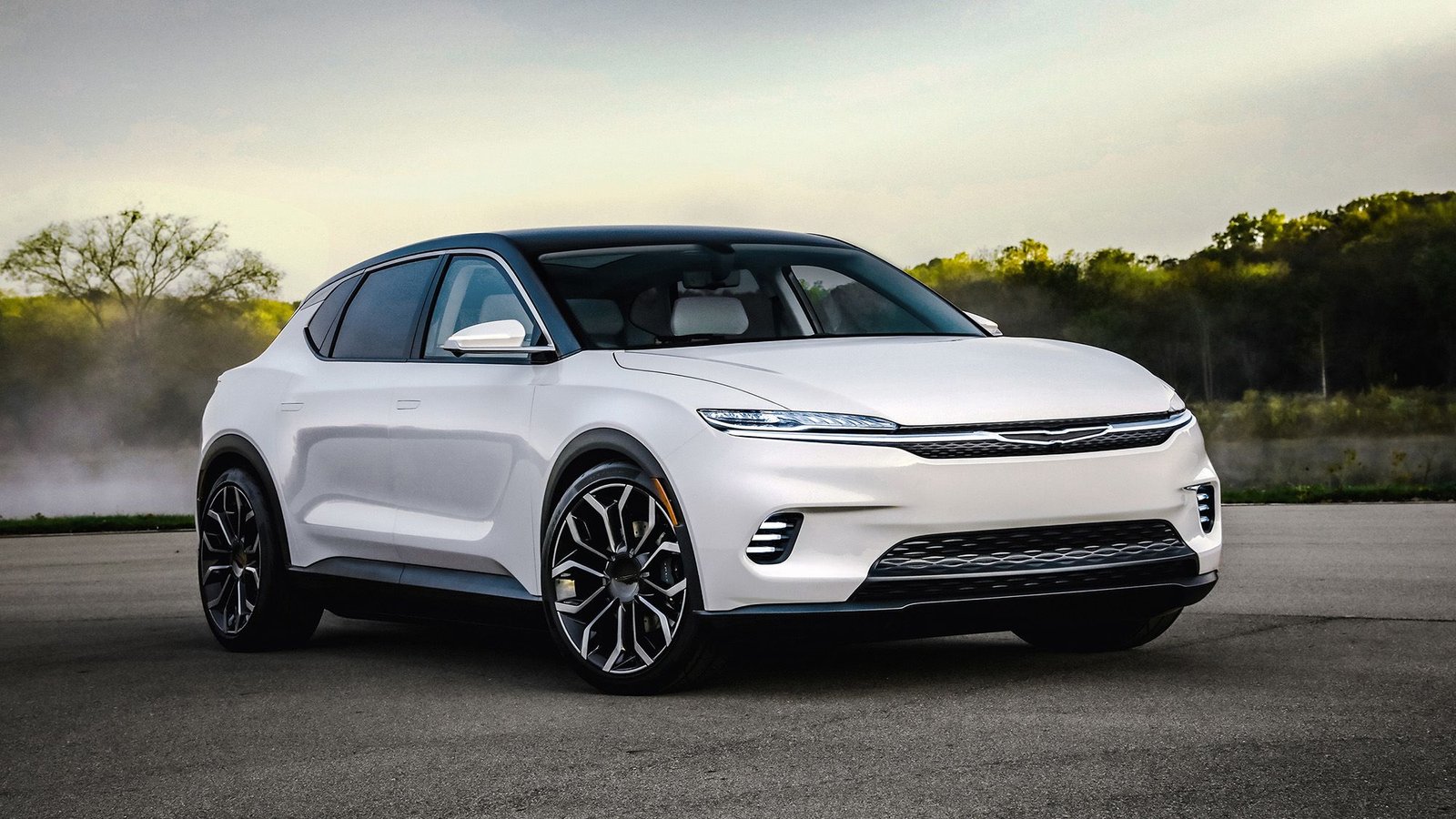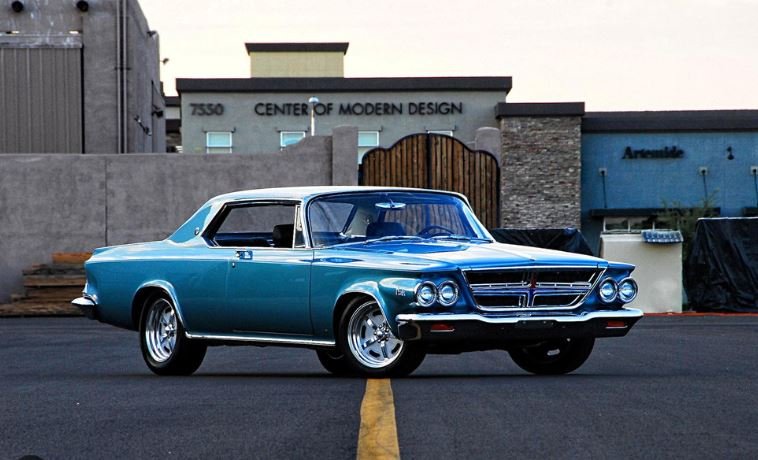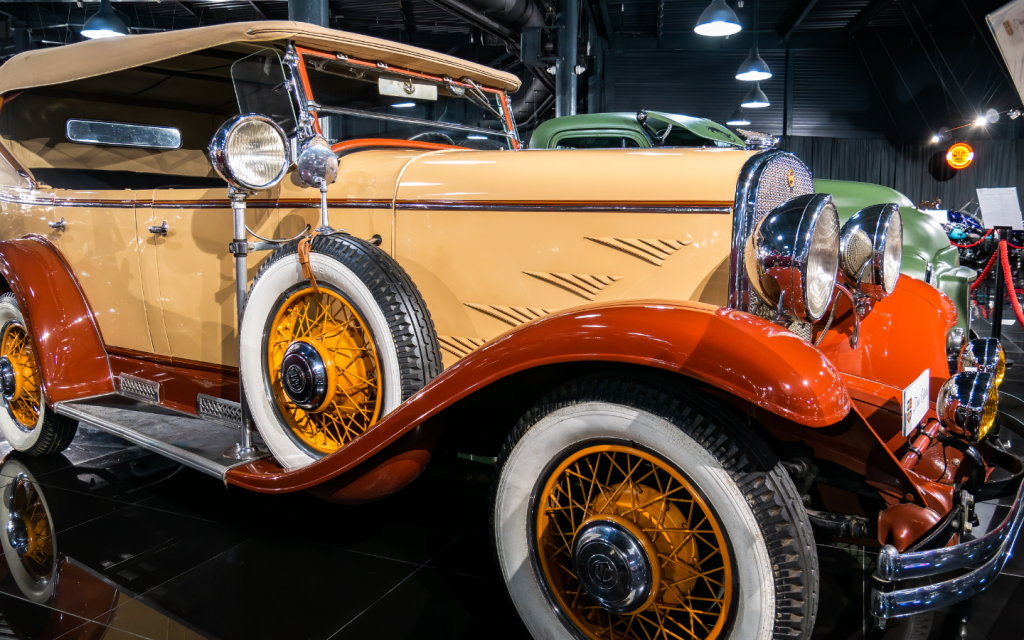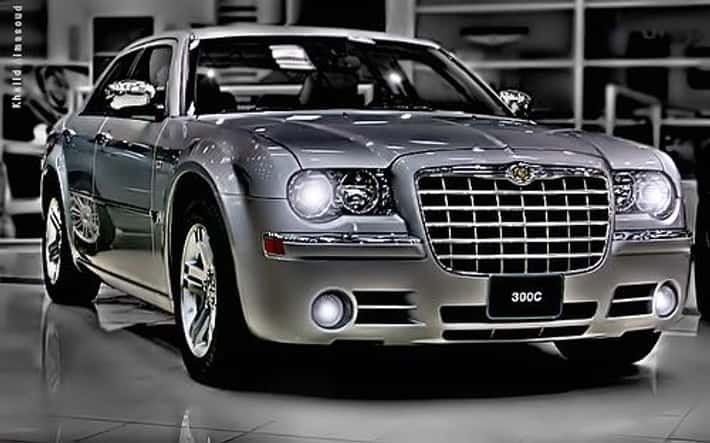The Chrysler 300 Series is one of the most iconic and recognizable luxury sedans on the market. Known for its bold design, powerful performance, and sophisticated features, the Chrysler 300 has been a favorite among car enthusiasts and luxury seekers alike. This buyer’s guide will provide you with all the information you need to make an informed decision if you’re considering purchasing a Chrysler 300.
1. Overview of the Chrysler 300 Series
The Chrysler 300 Series was first introduced in 2005 as a full-sized luxury sedan, and it quickly became a symbol of American automotive excellence. With its distinctive design, powerful engine options, and luxurious interior, the 300 Series offers a unique blend of performance and comfort.
2. Key Features of the Chrysler 300
- Exterior Design: The Chrysler 300 is known for its bold and imposing exterior. With a wide stance, distinctive grille, and sleek lines, the 300 commands attention on the road. The available LED headlamps and taillamps enhance its modern look, while optional 20-inch wheels add a touch of sportiness.
- Interior Comfort: Inside, the Chrysler 300 offers a spacious and luxurious cabin with premium materials and advanced technology. Features like leather-trimmed seats, dual-zone automatic climate control, and an available panoramic sunroof provide a comfortable and upscale driving experience.
- Infotainment System: The Uconnect® 4C system with an 8.4-inch touchscreen is standard on all Chrysler 300 models. This system includes Apple CarPlay® and Android Auto™ compatibility, Bluetooth® streaming, and navigation options, ensuring that you stay connected and entertained on the go.
- Safety Features: The Chrysler 300 comes equipped with a range of safety features, including adaptive cruise control, blind-spot monitoring, rear cross-path detection, and lane departure warning. These features provide added peace of mind while driving.

3. Performance Options
The Chrysler 300 offers two main engine options:
- 3.6L Pentastar® V6 Engine: This standard engine delivers 292 horsepower and 260 lb-ft of torque, providing a smooth and powerful driving experience. The V6 engine offers a good balance of performance and fuel efficiency, making it a popular choice among buyers.
- 5.7L HEMI® V8 Engine: For those seeking more power, the available HEMI® V8 engine produces 363 horsepower and 394 lb-ft of torque. This engine offers exhilarating acceleration and a commanding presence on the road. The V8 also includes a Fuel Saver Technology, which deactivates four of the eight cylinders when full power isn’t needed, helping to improve fuel efficiency.
4. Trim Levels and Customization
The Chrysler 300 is available in several trim levels, allowing buyers to choose the model that best suits their needs and preferences:
- Touring: The base model offers a solid mix of luxury and value, with standard features like 17-inch wheels, cloth upholstery, and the Uconnect® 4C infotainment system.
- Touring L: This trim adds more luxury features, including leather-trimmed seats, 18-inch wheels, and a premium sound system.
- 300S: The 300S is the sportier option, featuring performance-tuned suspension, blacked-out exterior accents, and 20-inch wheels. It also offers an available Harman Kardon® premium audio system.
- 300C: The top-of-the-line 300C trim comes fully loaded with features like Nappa leather seats, wood interior accents, and a dual-pane panoramic sunroof. It also includes the powerful 5.7L HEMI® V8 engine as standard.
5. Fuel Efficiency
Fuel efficiency is an important consideration for many buyers. The Chrysler 300’s V6 engine delivers an estimated 19 MPG in the city and 30 MPG on the highway, making it a reasonably efficient choice for a full-sized sedan. The V8 engine, while more powerful, offers slightly lower fuel efficiency, with an estimated 16 MPG in the city and 25 MPG on the highway.
6. Pricing and Value
The price of a new Chrysler 300 varies depending on the trim level and options selected. The base Touring model starts at around $31,000, while the fully loaded 300C can reach upwards of $45,000. Considering the level of luxury, performance, and technology offered, the Chrysler 300 represents strong value for a luxury sedan.
7. Pros and Cons
Pros:
- Bold and distinctive design
- Spacious and luxurious interior
- Powerful engine options
- Advanced safety and technology features
Cons:
- Lower fuel efficiency with the V8 engine
- Limited rear visibility due to the design
- Some rivals offer more modern interiors
8. Final Thoughts
The Chrysler 300 Series is a standout choice for anyone in the market for a full-sized luxury sedan with a strong American heritage. Whether you’re drawn to its bold design, powerful performance, or luxurious features, the 300 offers a compelling package that’s hard to ignore. With various trim levels and customization options available, you can tailor the Chrysler 300 to fit your preferences and needs. If you’re looking for a car that combines classic American styling with modern luxury, the Chrysler 300 should definitely be on your shortlist.


